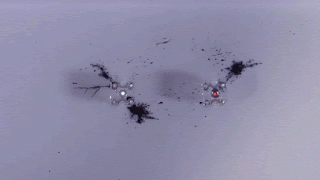What would you say to having your selfie turned into a Van Gogh or Matisse painting? That’s exactly what you can do with DeepArt, an algorithm that can generate a digital painting from any photo. It is now available for the first time on a platform designed at EPFL.
The process is easy enough to explain, but it draws on the latest advances in deep learning, which refers to automatic learning algorithms that make use of high-level abstractions. Those algorithms are used for such things as face recognition and computer vision. With DeepArt, the user provides the computer with a photo and asks it to produce a painting according to a particular style or artist. “The algorithm analyzes the image and extracts the key features, such as a face or an object,” said Kidzinski.
The program then paints an image by repeatedly comparing the initial features with the painting it is meant to emulate. After around 10 minutes of calculations, the painting is ready: the program delivers a unique, original work of art.

















































